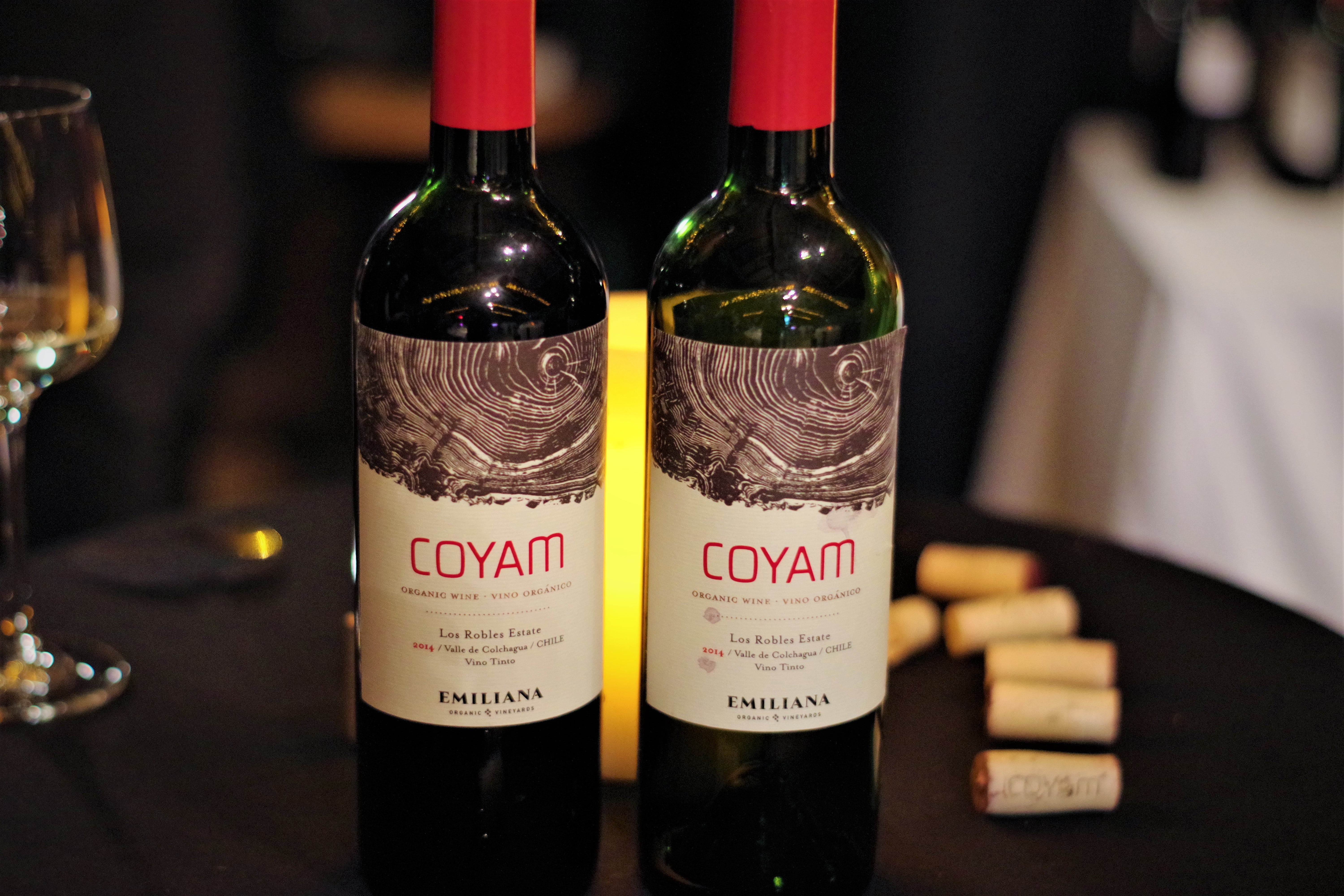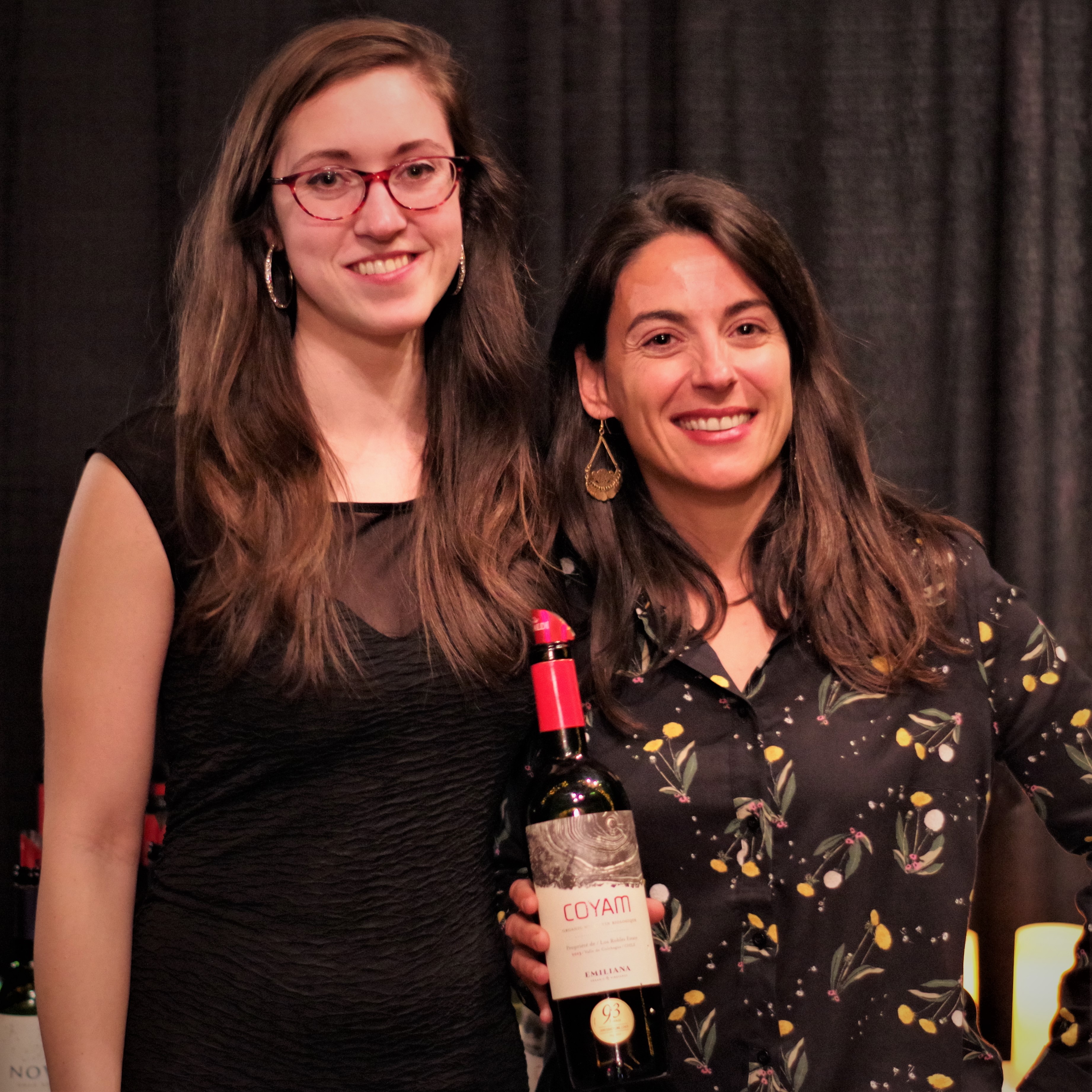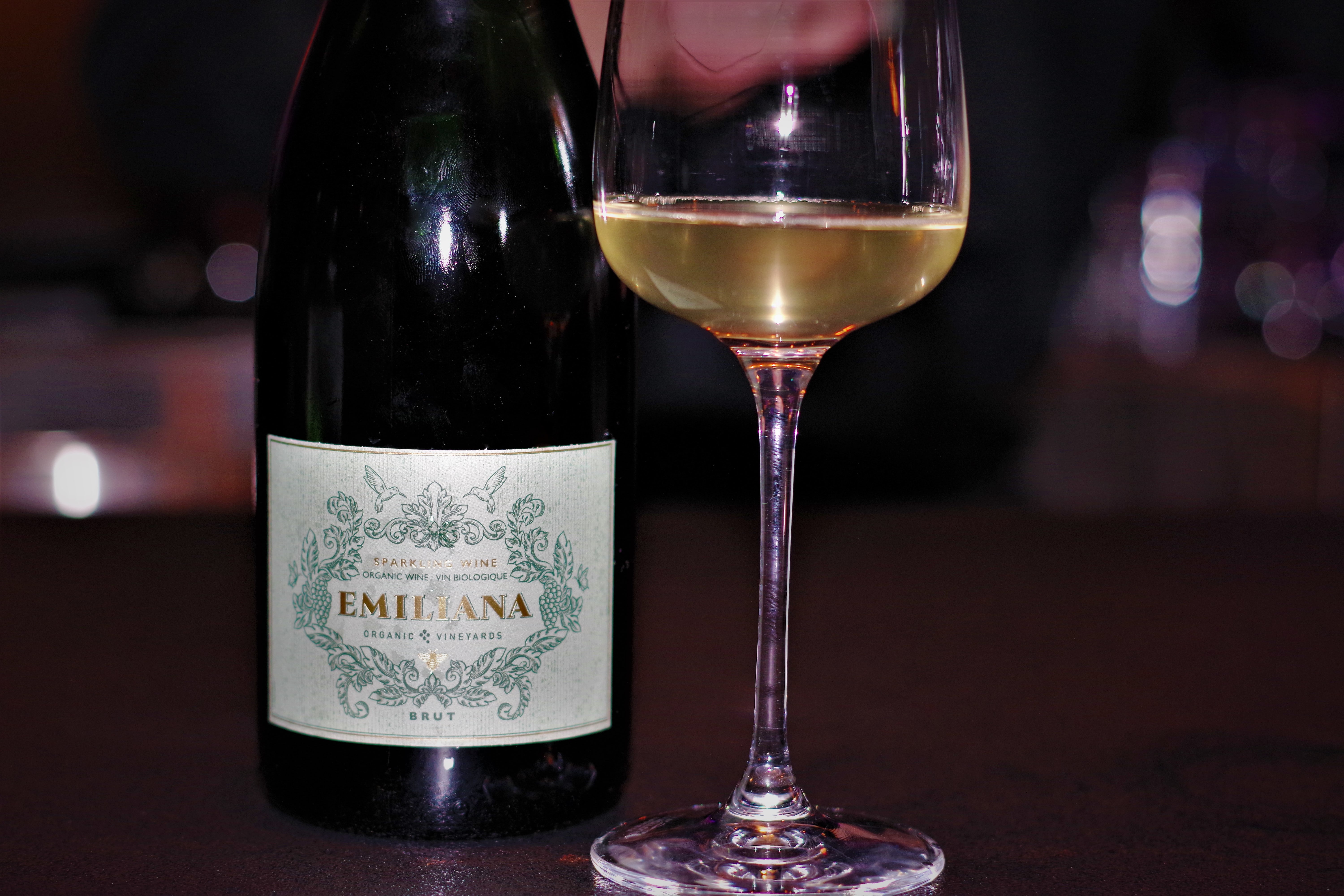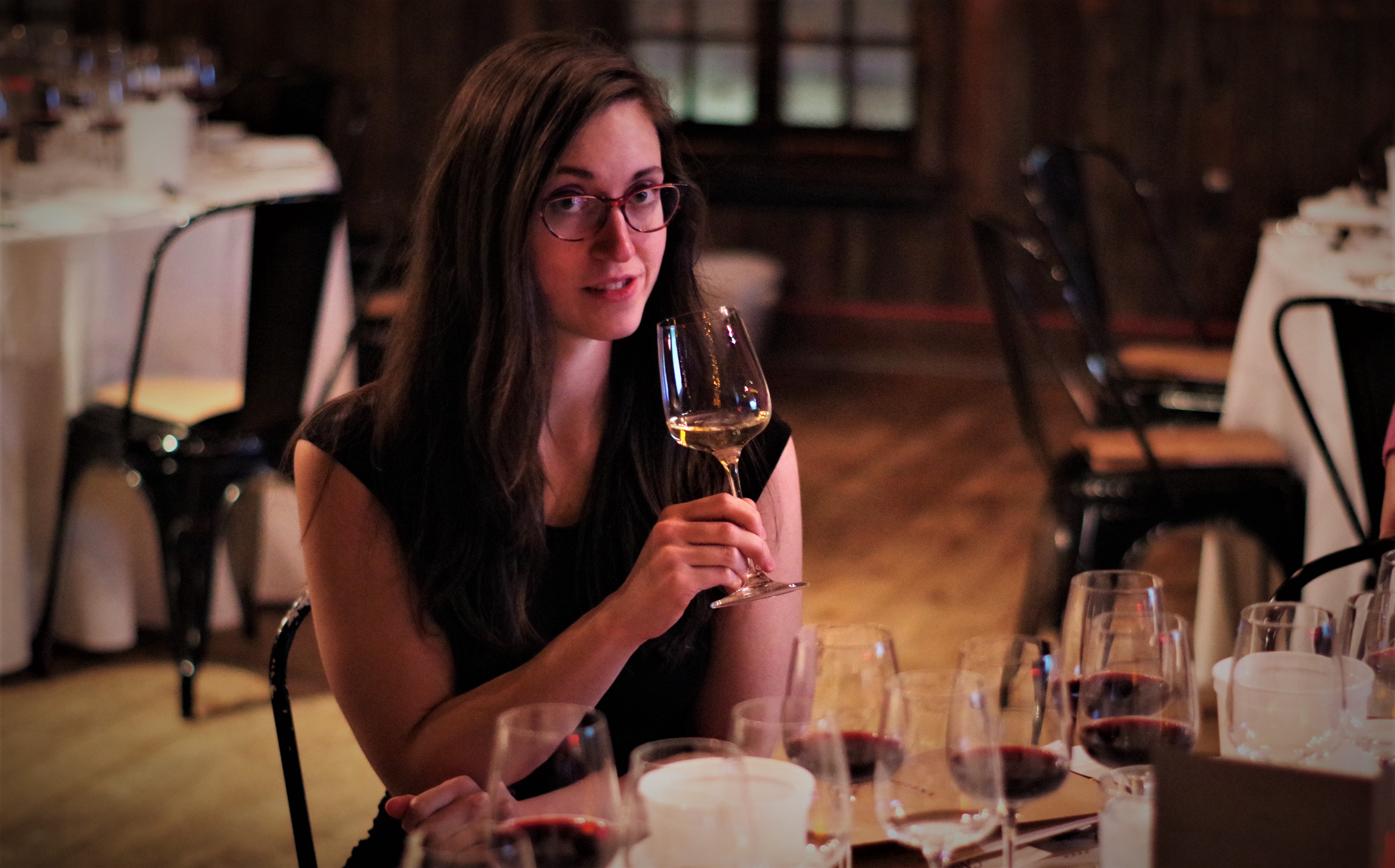 Who would have thought that one of the world’s largest organic winery is from Chile? Bodega Emiliana has a rather unusual and pure approach to winemaking. Chile is quite a natural wine region as organic and biodynamic becomes more and more popular choices.It makes sense, Chile offers great locations and climates but most of all a freedom and endless possibilities.  However it wasn’t always the case.
Who would have thought that one of the world’s largest organic winery is from Chile? Bodega Emiliana has a rather unusual and pure approach to winemaking. Chile is quite a natural wine region as organic and biodynamic becomes more and more popular choices.It makes sense, Chile offers great locations and climates but most of all a freedom and endless possibilities.  However it wasn’t always the case.
Founded in 1986 by Chile’s Guilisasti family, Emiliana Vineyards is a privately owned initiative dedicated to producing wines made from organic grapes and, in the case of the super-premium Emiliana Gê and Coyam, made in accordance with biodynamic principals as well. Introduction of the debut 2003 vintage Gê marked the release of South America’s first ever certified conscientiously biodynamic wine. Emiliana’s three winemaking facilities are located in Los Robles and Palmeras in the Colchagua and in the Maipo Valley and collectively, Emiliana constitutes the single largest source of estate-grown organic wines in the world.
I had a fantastic tasting with Noelia Orts, Resident Winemaker of Los Robles Estate at Bodega Emiliana. In 2011, she joined Emiliana’s family and is in charge of Signos de Origen, Coyam, and Gê, along with the winemaker consultant, Ãlvaro Espinoza. Overall, what shined throught the whole event is mostly the enthusiasm of Noelia, but also the quality and liveliness of the wines. ⠀⠀⠀⠀⠀⠀⠀⠀⠀⠀⠀⠀
Coyam is the emblematic wine that represents Emiliana’s philosophy in which organic and biodynamic agriculture is the way to obtain better balanced, healthier, and more terroir driven vineyards. Along with Gê, it’s their higher end red blend. Coyam means ‘oak forest’ in Mapudungún, the language of southern Chile’s indigenous people, the Mapuche. It also represents the majestic native forest that covers almost half of the estate. There’s 0.7ha of tree for each hectare of vines and they are not separated at all. Trees are coming down the hill in between the vines, sort of like passageways, letting the biodiversity, birds, flowers, and bugs, live all together in harmony. Of course, birds that eat bugs are preferred to those who eat grapes. It’s all constructed naturally but very well though so after all.
Qui aurait pensé que l’un des plus grands vignobles biologiques au monde serait au Chili? Bodega Emiliana a une approche plutôt inhabituelle et pure de la vinification. Le Chili est une région viticole assez naturelle car le bio et la biodynamique deviennent des choix de plus en plus populaires. Avec sens, le Chili offre d’excellents endroits et climats mais surtout une liberté et des possibilités infinies. Cependant, ce n’était pas toujours le cas.
Fondée en 1986 par la famille Guilisasti au Chili, Emiliana Vineyards est une initiative privée dédiée à la production de vins issus de raisins biologiques et, dans le cas des cuvée Gê et Coyam, fabriqués en conformité avec les principes de la biodynamie. L’Introduction du premier millésime en 2003, Gê a marqué la sortie du premier vin certifié biodynamique d’Amérique du Sud. Les trois installations de vinification d’Emiliana sont situées à Los Robles, à Palmeras dans la vallée de Colchagua et dans la vallée du Maipo. Emiliana constitue collectivement la plus grande source de vins biologiques cultivés sur une même propriété dans le monde.
J’ai eu une dégustation fantastique avec Noelia Orts, vigneronne résidente de Los Robles Estate. En 2011, elle a rejoint la famille d’Emiliana et est en charge de la ligne Signos de Origen, Coyam et Gê, avec le viticulteur, Ãlvaro Espinoza. Dans l’ensemble, ce qui a brillé à travers tout l’événement est surtout l’enthousiasme de Noelia, mais aussi la qualité et la vivacité des vins. ⠀⠀⠀⠀⠀⠀⠀⠀⠀⠀⠀⠀
Le Coyam est le vin emblématique qui représente la philosophie d’Emiliana dans laquelle l’agriculture biologique et biodynamique est le moyen d’obtenir des vignobles plus équilibrés, plus sains et plus axés sur le terroir. Avec Gê, c’est leur mélange rouge haut de gamme. Coyam signifie «forêt de chênes» en Mapudungún, la langue des indigènes du sud du Chili, les Mapuches. Il représente également la majestueuse forêt indigène qui couvre près de la moitié du domaine. Il y a 0.7ha d’arbre pour chaque hectare de vigne et ils ne sont pas séparés du tout. Les arbres descendent la colline entre les vignes, sorte de passage, laissant la biodiversité, les oiseaux, les fleurs et les insectes vivre ensemble en harmonie. Bien sûr, les oiseaux qui mangent des insectes sont préférés à ceux qui mangent des raisins. Tout est construit naturellement mais très bien réfléchi tout de même.



